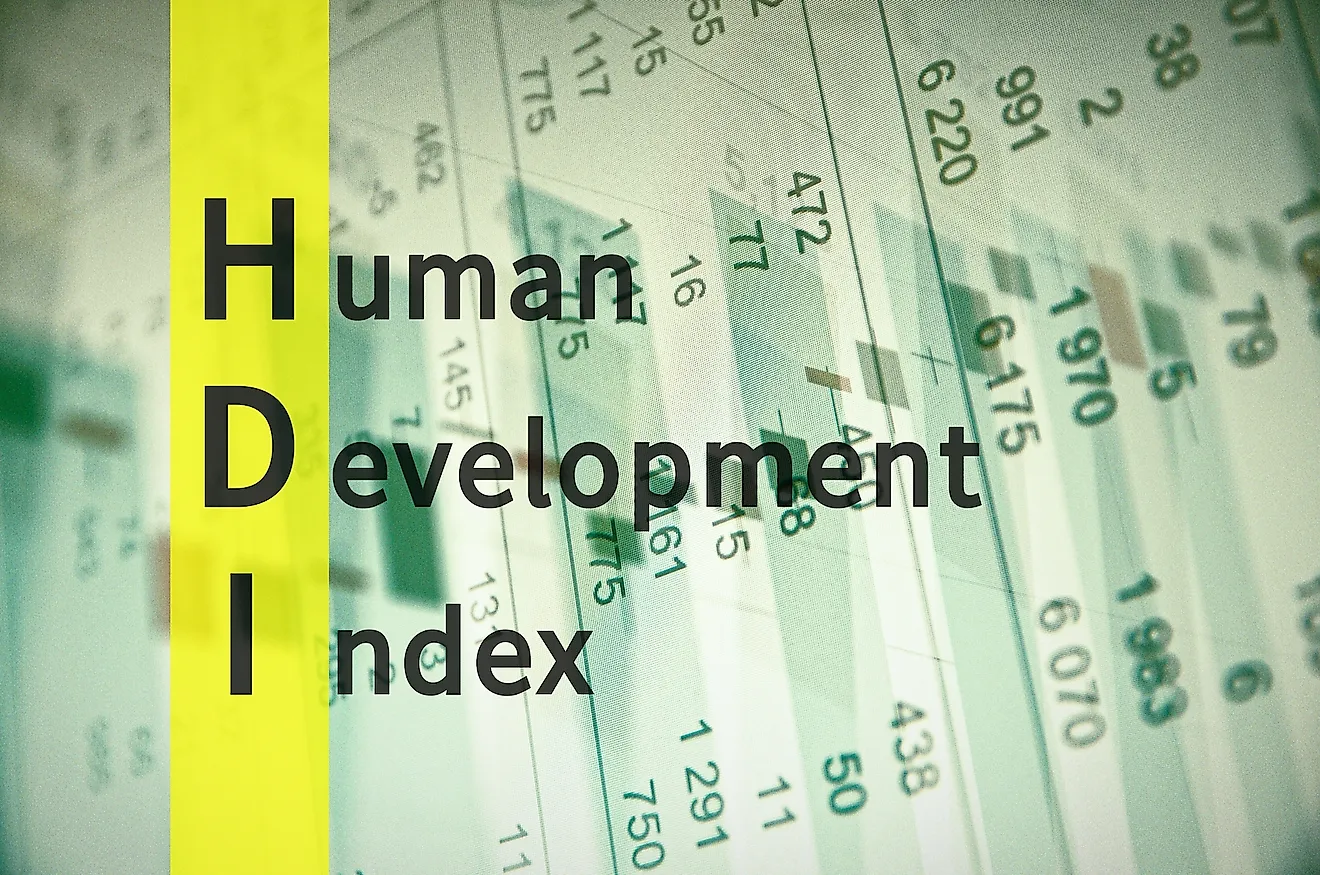What Is The Human Development Index?

- The human development index originated from the Annual Human Development Reports that were generated by UNDP’s Human Development Report Office.
- Mahbub ul Haq, a Pakistani, came up with the HDI idea in 1990.
- In 2010, a new method was introduced that measures HDI based on the combination of the three dimensions. Initially, the old method was based on life expectancy with a minimum of 25 years. On the other hand, the new technique reduced the minimum age to twenty years. Also, the new approach reduced the maximum age to 83.5 years as compared to the old approach’s 85 years.
Academics argue that income measurements do not account for important factors like inequality. As a result, the Human Development Index, also dubbed as HDI, was created to emphasize the need to use people together with their abilities when assessing a country’s development. The need for HDI was to remove the notion that economic growth alone could be used to determine the economic progress of the country. Besides, the Human Development index can serve other functions, such as questioning a country’s national policies. Another use of HDI could be asking how countries with similar Gross National Income per capita can end up with varying outcomes in terms of human development.
In short, HDI summarizes the country’s average achievement in major dimensions related to human development, such as having a decent living standard, being knowledgeable, as well as a healthy and long life. The Human Development Index, therefore, is the geometric means used to normalize the indices for all the three stated dimensions. In the case of the health dimension, HDI is used to assess aspects related to life expectancy at birth.
On the other hand, the education dimension is used in measuring the average number of years adults aged twenty-five and above spend while schooling. This dimension also measures the expected number of years school-going children take to complete their education. The third dimension, the standard of living, entails the measurement of GNI per capita. A composite index that utilizes geometric mean aggregates the scores of these HDI dimensions.
HDI is ranked on a scale between one and zero; whereby one is the highest HDI while zero is the lowest. These values are then sub-divided to give four tiers. The first one, very high human development, ranges between 0.8 and 1.0. High human development is the second tier, ranging between 0.7 and 0.79. Medium human development follows, and it ranges between 0.55 and 7.0. Finally, the fourth tier is below 0.55 and is known as low human development. The HDI ranks countries into four different levels.
Countries that score higher in lifespan, education, and GNI per capita dimensions are ranked higher. Some of the examples of countries with higher HDI are Switzerland, Norway, Sweden, and Denmark, among many others. On the other hand, a country that scores low in all the three dimensions of education, lifespan, and GNI per capita is ranked lowest. Examples of countries in this category include Niger, Central African Republic, South Sudan, and many countries, especially in Sub-Saharan Africa.
Therefore, one of the benefits of HDI is that it does not only consider income while ranking the countries. Instead, HDI also considers other measures like health status, education, and life expectancy. However, the HDI has some limitations. One of them is that it captures and simplifies minor details of human development. As a result, it does not reflect such aspects as social security, inequalities, poverty, and empowerment, among others. For a complete analysis, a fuller picture of a nation’s level of human development requires analysis of more factors like gender disparity, inequality, and poverty, among many others.











